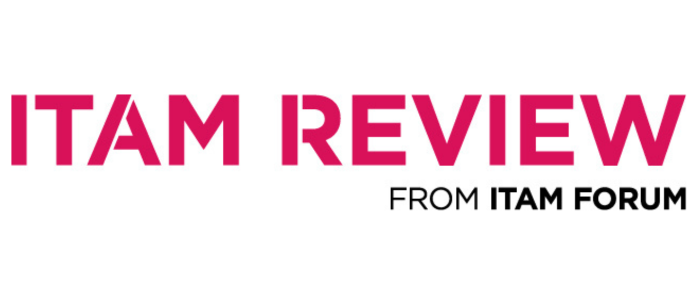Total Number of IT Assets - The Most Basic of Metrics

An accurate, up-to-date and dynamic view of the total number of IT hardware assets in an organisation is probably the most basic of ITAM metrics to monitor. It seems like a simple number to track but I am constantly amazed at the number of organizations who don’t have a clear view of this most basic of indicators. Tracking the total number of assets in an organisation may seem like a pointless goal; but it is from this number that many contracts, agreements and structures are put in place. For example it is not uncommon for an antivirus contract to be signed upon the total number of pc’s, laptops and servers in a business, or the number of staff working on the helpdesk might be defined by this number. In some instances a Microsoft licensing agreement will be negotiated, agreed, and signed based on the number of IT Assets in an organisation.
All of this leads to organisations spending budgets based on a metric which might be wholly inaccurate. For example in the last month a large European brand name discovered they had a 25% deviance in the number of IT Assets in their 4,000+ estate. This is very common and could lead to a 7-figure discrepancy in their Microsoft licensing agreement alone – either a hefty overspend or huge compliance risk.
IT Asset count also serves as a basic litmus test to assess the IT Asset Management maturity of an organisation. Asking five different IT decision makers in a business how many IT assets exist quickly highlights the degree of control in place.
This is the most primary function of IT Inventory tools and Network Discovery tools when used efficiently. Giving IT Managers a clear, global view of all IT assets. Of most importance is the ability to show inputs and outputs to this global view, devices being added and removed from the network, so that decision makers can make informed decisions based on up-to-date and accurate information.
Can’t find what you’re looking for?
More from ITAM News & Analysis
-
ITAM at FinOps' Core
This article is by Kelly Yip; ITAM Thought Leader and Advisor; ITAM Forum Managing and optimising cloud has become a strategic priority as organisations increasingly embrace cloud technologies. As a result of this rapidly changing landscape, ... -
NIS 2 Directive - ITAM's Important Role in a Ransomware Response Plan
This article is by Elise Cocks; IT Asset and License Management – Director; Freddie Mac On the 17th October, the NIS 2 directive came into force across the European Union. This cybersecurity legislation sets strict standards ... -
It's About Time It Was Easier to Manage SaaS Applications
We’re now over a decade on from Adobe’s controversial switch to subscription (SaaS) licensing for its key products. Salesforce, the pioneers of SaaS, is in its 25th year of operation. SaaS expenditure continues to grow by ...
